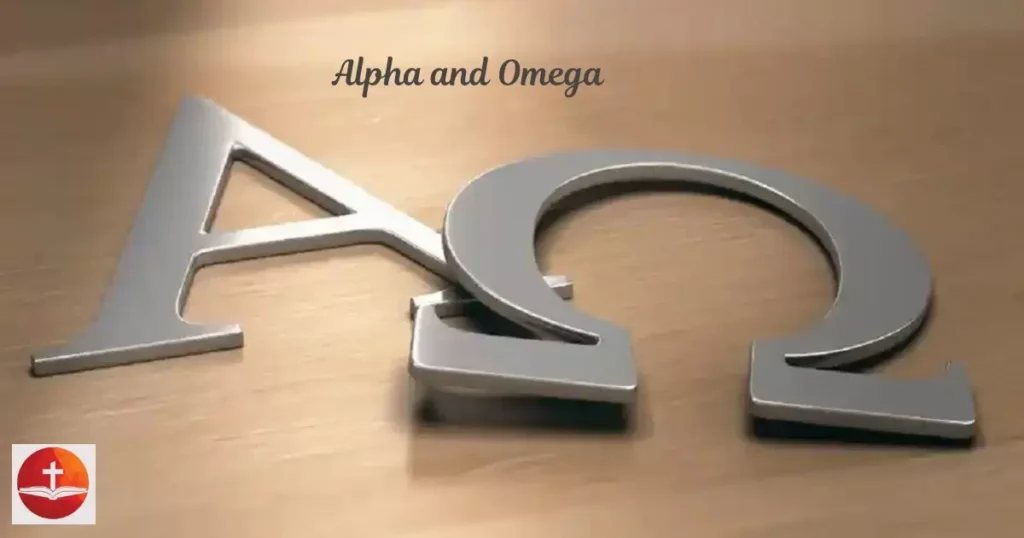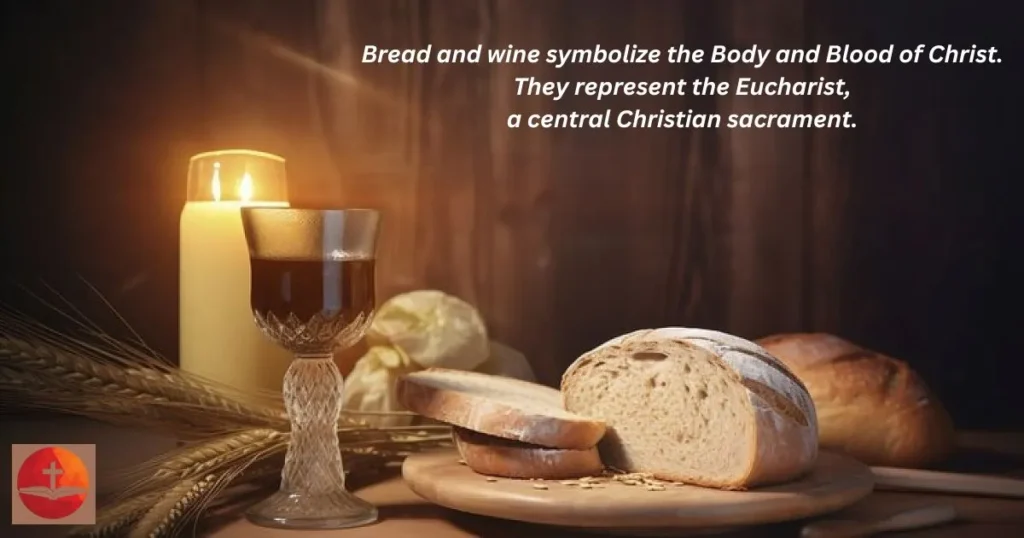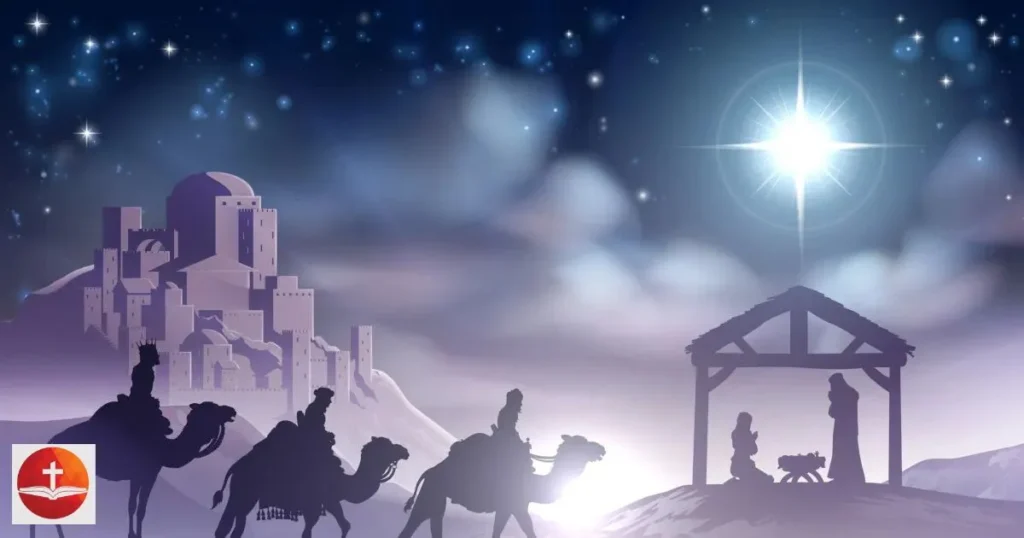” The rich symbolism behind the Gospel’s timeless messages.”
Gospel symbols have played a significant role in Christian art and theology. These symbols are not just decorative but carry deep spiritual meanings.
By understanding these symbols, we gain insights into the teachings and values of the Gospel. This article will explore the five key Gospel symbols, their origins, and their meanings.
1. The Cross

The cross is the most prominent symbol in Christianity, representing the sacrifice of Jesus Christ. It signifies redemption and salvation.
The image of the cross symbolizes the crucifixion of Jesus, a central event in Christian faith. It stands for the ultimate act of love and forgiveness.
2. The Fish (Ichthys)
The fish symbol, known as Ichthys, is a representation of Christ and early Christian identity. It’s derived from the Greek word for fish, which is an acronym for “Jesus Christ, Son of God, Savior.”

The fish symbol was used by early Christians as a secret sign during times of persecution. It emphasizes faith and recognition of Jesus as the Messiah.
3. The Dove
The dove is a symbol of the Holy Spirit and peace. It is often depicted with an olive branch, signifying the end of the flood in Noah’s time.

In the Gospels, the dove represents the Spirit’s descent during Jesus’ baptism. It also signifies purity and divine presence.
4. The Lamb
The lamb symbolizes Jesus Christ as the “Lamb of God” who takes away the sins of the world. It denotes innocence and sacrifice.

This symbol is often used in the context of the Passover and Christ’s sacrifice. It underscores the redemptive and sacrificial aspects of Jesus’ mission.
5. The Alpha and Omega

The Alpha and Omega represent the beginning and the end. These Greek letters are used to denote that Jesus Christ is the eternal and unchanging.
In the Book of Revelation, this symbol underscores Jesus’ eternal nature. It signifies that He is the source and fulfillment of all things.
6. The Crown
The crown symbolizes royalty and victory. It represents Jesus Christ as the King of Kings and His triumph over sin and death.

The crown is often depicted in the context of the Kingdom of God and emphasizes Jesus’ divine authority. It symbolizes reigning and sovereignty.
7. The Good Shepherd
The Good Shepherd is a symbol of Jesus’ care and guidance. It illustrates His role as the protector and provider for His followers.

This symbol is derived from Jesus’ parable of the shepherd who leaves the 99 sheep to find the lost one. It signifies compassion and dedication.
8. The Bread and Wine
Bread and wine symbolize the Body and Blood of Christ. They represent the Eucharist, a central Christian sacrament.

In the Last Supper, Jesus used these elements to signify His sacrifice and covenant with His followers. They remind believers of the spiritual nourishment found in Christ.
9. The Star
The star, particularly the Star of Bethlehem, signifies guidance and the birth of Jesus Christ. It symbolizes the divine light that led the Magi to Jesus.

The star is often associated with hope and illumination. It represents the fulfillment of prophecy and the arrival of the Savior.
10. The Vine and Branches
The vine and branches symbolize the relationship between Jesus and His followers. Jesus is the vine, and believers are the branches.

This imagery underscores the importance of remaining in Christ to bear spiritual fruit. It illustrates the concept of nourishment and unity.
11. The Shield
The shield represents faith and protection in Christianity. It is a symbol of God’s defense against spiritual attacks.

This symbol is used in the context of spiritual warfare and the armor of God. It signifies safety and security in the Christian faith.
12. The Scales
The scales symbolize justice and balance. They represent the fairness of God’s judgment and the importance of moral integrity.
In Christian symbolism, scales often denote the evaluation of one’s actions and accountability. They emphasize the value of righteousness.
13. The Light

Light symbolizes Jesus as the Light of the World. It represents guidance, truth, and enlightenment.
The symbol of light is associated with divine revelation and spiritual clarity. It contrasts with darkness and signifies hope.
Read more:
14. The Key
The key symbolizes authority and access. It represents Christ’s role in opening the gates of heaven and granting access to divine wisdom.
The key signifies the power to bind and loose, as seen in the authority given to Peter. It denotes control and entrance.
15. The Anchor
The anchor represents hope and stability. It symbolizes the steadfastness of Christian faith amidst life’s challenges.

This symbol is often used to illustrate security and trust in God. It denotes the firm foundation found in Christ.
What Do the 5 Gospel Symbols Mean?
The five gospel symbols—man, lion, ox, eagle, and book—represent the four evangelists and their unique perspectives on the life of Jesus Christ. Each symbol draws from the descriptions found in the Book of Ezekiel and the Book of Revelation.
The man symbolizes Matthew, emphasizing Christ’s humanity and the importance of His genealogy. The lion represents Mark, reflecting courage and strength, often associated with the royal nature of Jesus as the King of Kings.
The ox is linked to Luke, highlighting the sacrificial aspect of Jesus’ mission, while the eagle symbolizes John, representing the divine and transcendent nature of Christ. Lastly, the book signifies the Gospel as a whole, encompassing the teachings and messages of all four evangelists. Together, these symbols not only illustrate the diverse narratives of the Gospels but also underscore the multifaceted identity of Jesus Christ as both divine and human.
Answer To Key Question
1. What is the significance of the cross in Christianity?
The cross represents Jesus’ sacrifice and redemption for humanity.
2. Why is the fish symbol important?
The fish symbolizes early Christian identity and Jesus as the Savior.
3. What does the dove symbolize?
The dove represents the Holy Spirit and peace.
4. What does the lamb symbolize?
The lamb symbolizes Jesus Christ as the sacrificial offering for sin.
5. What is the meaning of Alpha and Omega?
Alpha and Omega denote that Jesus is the beginning and the end of all things.
6. How is the crown used in Christian symbolism?
The crown symbolizes Jesus’ sovereignty and victory over sin.
Conclusion
Understanding the five Gospel symbols helps deepen our connection to Christian teachings. Each symbol provides valuable insights into the core messages of the Gospel.
By exploring these symbols, we gain a richer appreciation of their spiritual significance and how they guide faith and practice in Christianity.

Hi! I’m Lauren Reynolds, author of biblepulze.com. I make Bible teachings easy to understand and accessible for everyone. Join me as we explore the wisdom and inspiration of the Scriptures together!

